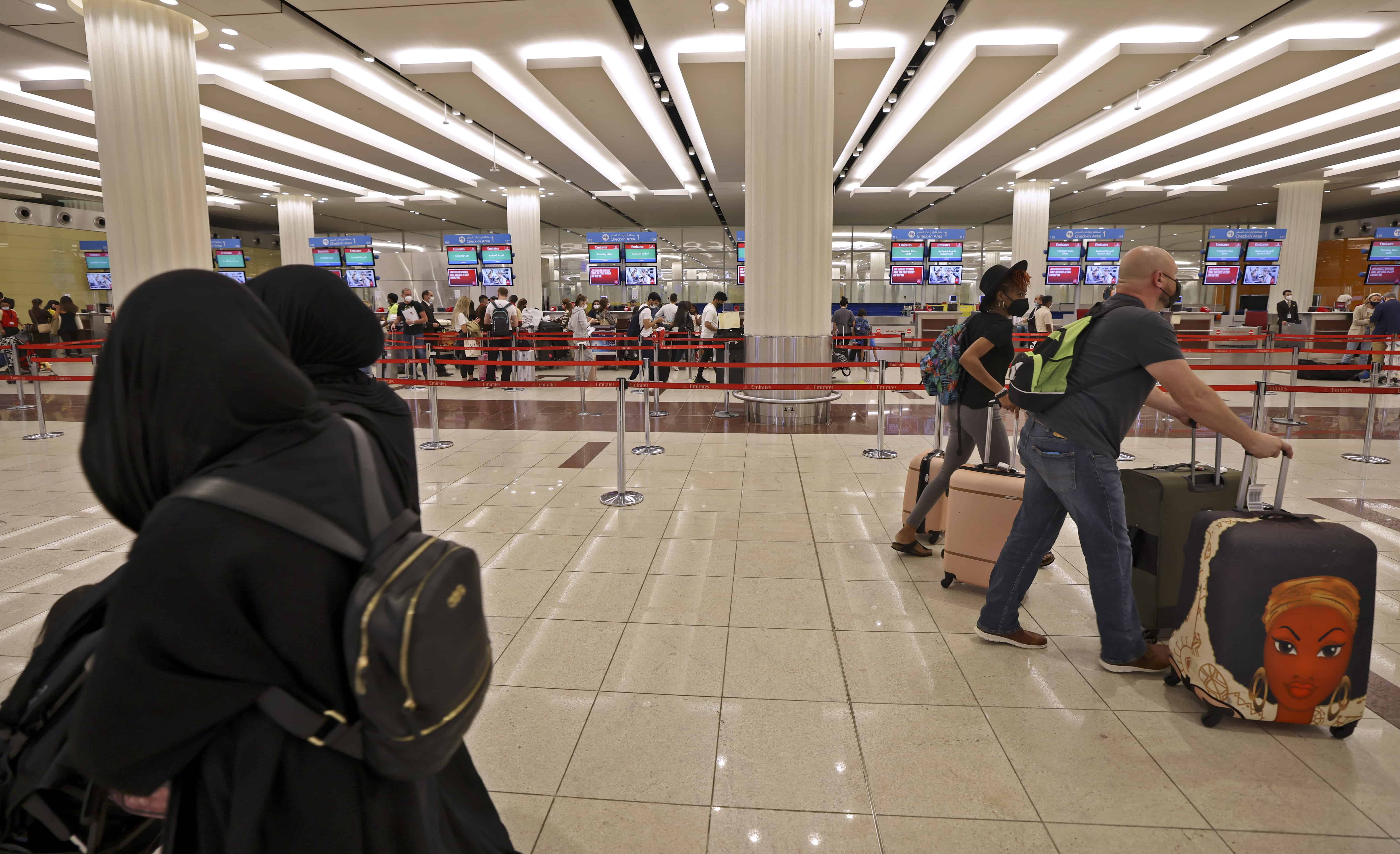The International Air Transport Association (IATA) has announced that air travel posted a strong rebound in February 2022 compared to January 2022, as Omicron-related impacts moderated outside of Asia.
Middle Eastern airlines’ traffic rose 215.3 percent in February compared to February 2021, well up compared to the 145.0 percent increase in January 2022, versus the same month in 2021.
February capacity rose 89.5 percent versus the year-ago period, and load factor climbed 25.8 percentage points to 64.7 percent.
Total traffic in February 2022 — measured in revenue passenger kilometers (RPKs) — was up 115.9 percent compared to February 2021.
That is also an improvement from January 2022, which was up 83.1 percent compared to January 2021.
Compared to February 2019, however, traffic was down 45.5 percent.
February 2022 domestic traffic was up 60.7 percent compared to the year-ago period, building on a 42.6 percent increase in January 2022 compared to January 2021.
There was wide variation in markets tracked by IATA. Domestic traffic in February was 21.8 percent below the volumes of February 2019.
International RPKs rose 256.8 percent versus February 2021, improved from a 165.5 percent year-over-year increase in January 2022 versus the year-earlier period.
All regions improved their performance compared to the prior month. February 2022 international RPKs were down 59.6 percent compared to the same month in 2019.
“The recovery in air travel is gathering steam as governments in many parts of the world lift travel restrictions,” said Willie Walsh, IATA’s Director General.
“States that persist in attempting to lock-out the disease, rather than managing it, as we do with other diseases, risk missing out on the enormous economic and societal benefits that a restoration of international connectivity will bring,” he added.
The accelerated growth recorded in February 2022 compared to a year ago, is helping passenger demand catch up to 2019 levels.
Total RPKs in February were down 45.5 percent compared to February 2019, well ahead of the 49.6 percent decline recorded in January versus the same month in 2019.








